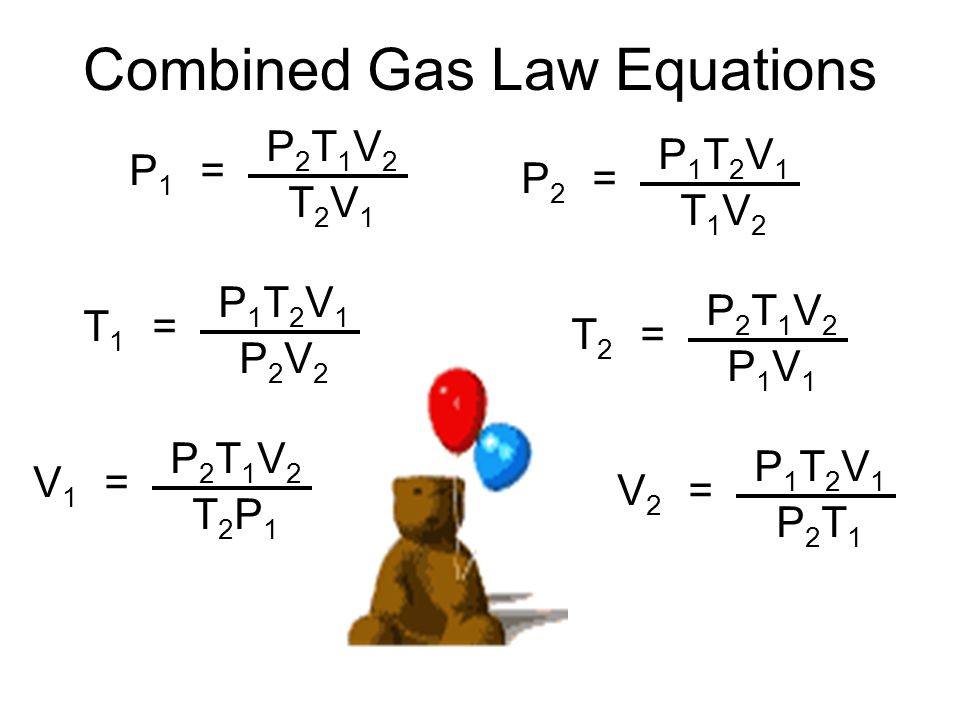Ideal Gas Law R: Boost Chemistry Problem Solving

The ideal gas law, a fundamental principle in chemistry, is expressed by the equation PV = nRT, where P represents the pressure of the gas, V is the volume, n is the number of moles, R is the gas constant, and T is the temperature in Kelvin. Among these components, the gas constant R plays a pivotal role in solving chemistry problems involving gases. Understanding the value and application of R is essential for chemists and students alike, as it facilitates the calculation of various parameters under different conditions.
Introduction to the Gas Constant R

The gas constant R is a proportionality constant that relates the energy of a gas to its temperature. It appears in several fundamental equations in physics and chemistry, most notably the ideal gas law. The value of R is approximately 8.3145 J/mol·K, though it can be expressed in other units depending on the context of the problem, such as 0.0821 L·atm/mol·K or 1.987 cal/mol·K. This versatility in units is crucial, as it allows for the calculation of gas properties under various conditions.
Applications of the Ideal Gas Law

The ideal gas law, facilitated by the gas constant R, has numerous applications in chemistry and physics. It is used to calculate the pressure, volume, number of moles, or temperature of a gas, provided that the other parameters are known. This law is particularly useful in problems involving the behavior of gases under different conditions, such as changes in pressure, volume, or temperature.
Problem-Solving Strategies
When solving problems involving the ideal gas law, it’s essential to identify the known quantities, the unknown quantity, and the conditions under which the gas is behaving. For instance, if one is tasked with finding the volume of a gas at a given temperature and pressure, they would rearrange the ideal gas law to solve for V (V = nRT/P). Understanding how to manipulate the equation based on the information provided is key to successful problem-solving.
Scenario-Based Examples
To illustrate the application of the ideal gas law and the role of R, consider the following scenario: A balloon contains 0.050 moles of helium at a temperature of 25°C (298 K) and a pressure of 1 atm. What is the volume of the helium?
Using the ideal gas law PV = nRT, and substituting the given values (P = 1 atm, n = 0.050 mol, R = 0.0821 L·atm/mol·K, T = 298 K), one can solve for V:
V = nRT / P = (0.050 mol * 0.0821 L·atm/mol·K * 298 K) / 1 atm
V ≈ 1.23 L
This calculation demonstrates how the gas constant R enables the determination of the volume of a gas under specific conditions, highlighting its importance in chemistry problem-solving.
Practical Applications
The ideal gas law, with its gas constant R, has numerous practical applications. In engineering, it is used in the design of systems involving gases, such as pipes, tanks, and engines. In chemistry, it aids in the synthesis and analysis of chemical compounds, particularly in reactions involving gases. Moreover, understanding the behavior of gases under various conditions is crucial in environmental science and meteorology, where the movement and properties of gases in the atmosphere are studied.
Historical Context: Development of the Ideal Gas Law

The ideal gas law evolved from the combination of several gas laws discovered in the 17th and 18th centuries, including Boyle’s Law, Charles’s Law, and Avogadro’s Law. The formulation of the ideal gas law as we know it today, PV = nRT, represents a culmination of these earlier discoveries. The gas constant R was a key component in the unification of these laws, providing a single, comprehensive equation to describe the behavior of ideal gases.
Future Trends: Real Gases and Non-Ideal Behavior
While the ideal gas law is an invaluable tool for solving chemistry problems, real gases often deviate from ideal behavior, especially under conditions of high pressure or low temperature. The study of non-ideal gas behavior involves more complex equations, such as the van der Waals equation or the Redlich-Kwong equation, which attempt to account for intermolecular forces and molecular size. Understanding these deviations is crucial in industries where precise control over gas properties is necessary, such as in the production of chemicals or in the design of efficient engines.
FAQ Section
What is the ideal gas law, and what does it describe?
+The ideal gas law, given by the equation PV = nRT, describes the relationship between the pressure, volume, number of moles, and temperature of an ideal gas. It is a fundamental principle in chemistry and physics that allows for the calculation of various gas properties under different conditions.
What is the significance of the gas constant R in the ideal gas law?
+The gas constant R is a proportionality constant that relates the energy of a gas to its temperature. It is crucial for solving problems involving gases, as it allows for the calculation of gas properties when other parameters are known. R can be expressed in different units depending on the context of the problem.
How is the ideal gas law applied in practical scenarios?
+The ideal gas law has numerous practical applications in fields such as engineering, chemistry, and environmental science. It is used in the design of systems involving gases, in the synthesis and analysis of chemical compounds, and in the study of atmospheric conditions.
Conclusion
The ideal gas law, facilitated by the gas constant R, is a cornerstone of chemistry and physics, enabling the solution of a wide range of problems involving gases. Understanding the applications, historical development, and limitations of the ideal gas law is essential for chemists, engineers, and students. As science continues to evolve, the principles embodied in the ideal gas law will remain fundamental, guiding future discoveries and applications in the study of gases and their behavior under various conditions.


